Succinic acid for orchids: features, rules of preparation and use

Succinic acid is a natural, harmless preparation and is widely used to treat orchids. The popularity of the tool is due to its high efficiency, wide consumer availability and ease of use.
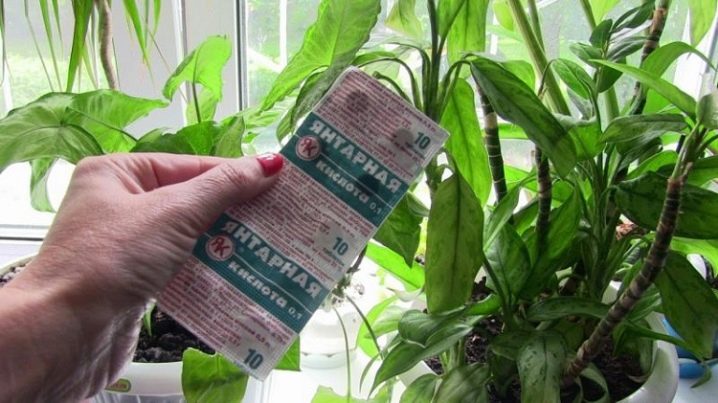
Features and characteristics
Succinic acid is a colorless and odorless crystalline substance found in natural substances such as amber, brown coal, and resins. In addition, the substance is part of any living organism that breathes oxygen. It owes its name to amber, from which it was first isolated in the middle of the 15th century. Today, acid is obtained both by chemical synthesis and in the old way - in the process of processing amber. However, the latter method is the most labor-consuming and expensive; therefore, all commercially available succinic acid preparations are produced by a chemical method.
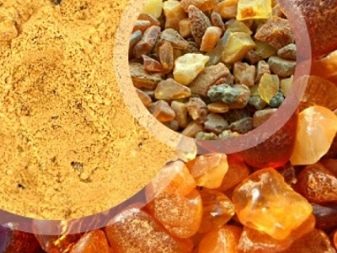

The substance has two forms of release and is produced in tablets and powder for injection. The product is completely soluble in water, alcohol and ether, and is used for medicinal purposes. It has a mild antioxidant, immunomodulatory and antihypoxic effect, fights infection, calms the nerves and improves metabolism. In addition to medicine, succinic acid is actively used in floriculture, in particular, for the care of orchids. The high efficiency of restoring damaged flowers and feeding healthy individuals is due to the participation of succinic acid in cellular respiration. Thanks to this, metabolic processes are accelerated and the plant begins to actively develop, grow and bloom.
The effect of the drug on plant cells leads to an improvement in oxygen metabolism in tissues, the elimination of toxins and an improvement in the flower's resistance to various kinds of diseases.
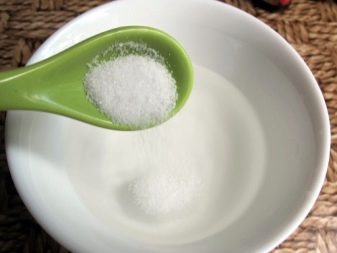
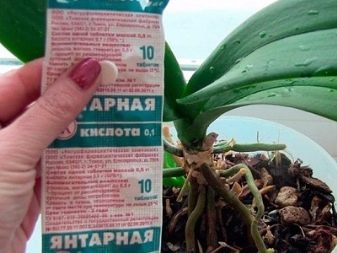
The main feature of succinic acid is its point effect, which applies exclusively to damaged and weakened flower tissues. Acid does not tend to accumulate in plant cells and in the soil and quickly decomposes into simple, well-assimilated substances. It should be noted here that succinic acid itself is not a fertilizer; it only promotes the rapid digestibility of dressings and improves cellular respiration. In addition, with the help of the drug, it is possible to reanimate seemingly hopeless plants that have undergone long transportation, unsuccessful transplantation, or have lost their viable roots.
Such situations often occur after frostbite of the plant or due to improper watering.

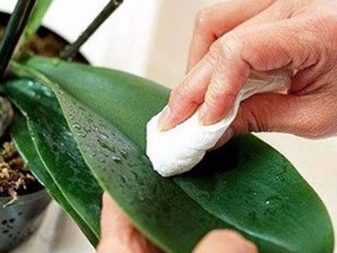
In addition to the regenerating function, succinic acid helps to increase the resistance of plants to the scalding effects of ultraviolet radiation, poor watering, frost and excessive moisture, and also has a stimulating effect on the intensity of root formation and shoot growth.
An important feature of the drug is its compatibility with most vitamins, growth stimulants, dressings and other agents. This allows you to use an acidic solution in any combination without fear of harming the plant.
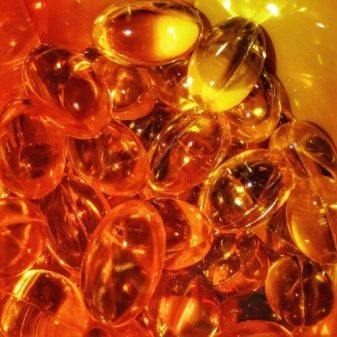
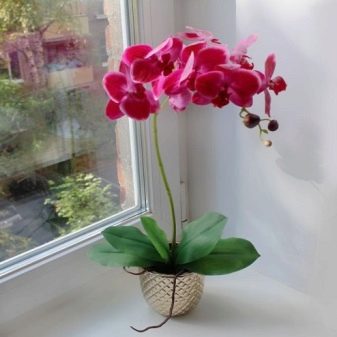
Benefit and harm
The popularity of using amber solution and a large number of approving reviews are due to a number of significant advantages of this natural remedy.
- Succinic acid is very well absorbed by orchids, and therefore the risk of overdose is practically excluded.
- The drug significantly accelerates the processes of photosynthesis and contributes to the saturation of young leaves with chlorophyll. This activates the growth and development of plants and significantly improves their appearance.
- The acid also acts on the substrate in which the orchid grows, restoring the balance of nutrients in it and protecting it from pathogenic microflora. Moreover, the agent effectively destroys toxic components and improves the absorption of trace elements from the soil.
- Thanks to the use of succinic acid, the rooting of cuttings is significantly accelerated and the survival rate increases. In addition, there is a significant increase in flowering time due to the activation of metabolic processes.
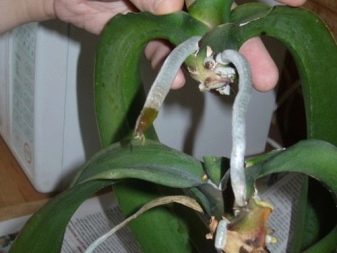
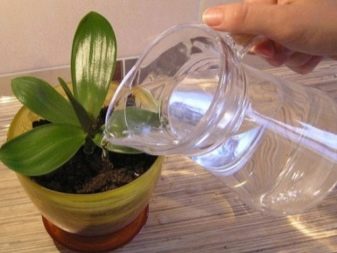
However, with inept use, succinic acid can do harm. This is due to the fact that not only metabolic processes, but also pathogenic ones, are accelerated from its effect. Therefore, if the plant is already sick, then acid treatment can bring its death closer. Improper watering can also play a fatal role for the orchid. So, many experts note that excessive enthusiasm for succinic acid increases the risk of fungal infections.
In this regard, only healthy plants should be watered with an acid solution, while observing the required dosage and frequency of treatment.

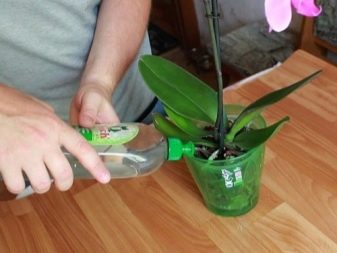
How to prepare the solution?
Using a solution of succinic acid to treat orchids is usually straightforward. To do this, you just need to learn how to breed it correctly. As noted above, the drug is available in powder and tablets, and both forms are equally well suited for use and are absolutely equivalent in their effect on the plant.
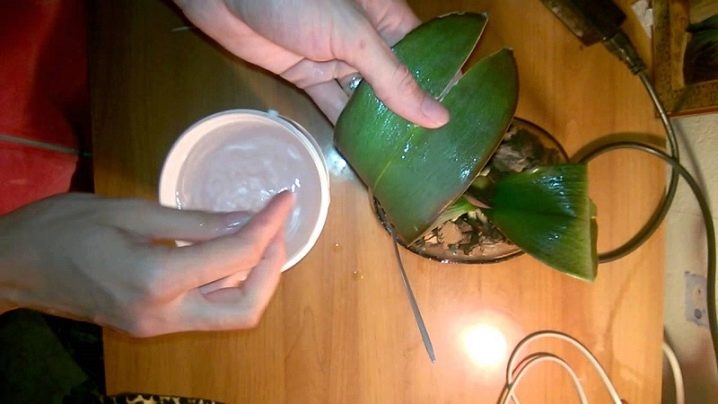
From pills
This method of making a solution includes two stages. First, an acid tablet (250 mg) should be crushed into powder. This can be done without removing it from the package, while acting with a hammer or using a mortar. The resulting powder is dissolved in water at a temperature of 45 degrees, after complete dissolution, the volume of the liquid is brought to 0.5 l. However, in case of emergency assistance to plants, it is allowed to reduce the volume to 250 ml, and for spraying and root dressing, a ratio of 1 tablet per liter of water is used.
In cases where flower resuscitation is required after loss, frostbite or damage to the roots, the solution is prepared in the proportion of 1 tablet per 100 ml of liquid.
A prerequisite for the preparation of a high-quality solution is to use only warm water for these purposes.

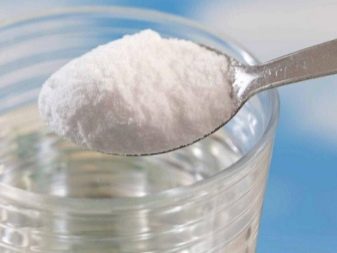
Powder
A powder solution is even easier to prepare. To do this, take 1 g of the substance and dissolve it in 1 liter of water. If there are no pharmaceutical scales in the house, then they use an ordinary kitchen knife. To do this, scoop up a little powder with the tip of a knife and dissolve it in warm water. To provide the flower with emergency assistance, the volume of the liquid is halved.
Such a composition is suitable for use for 2-3 days, after which it completely loses its beneficial properties and becomes completely useless.
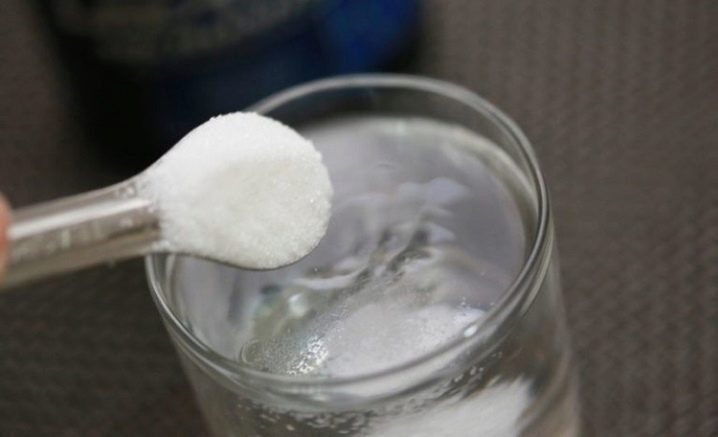
How to use?
Succinic acid is a real find for novice flower growers and provides them with invaluable help in caring for orchids. The use of the drug is not difficult and consists in watering, processing leaf plates, spraying and feeding the root.
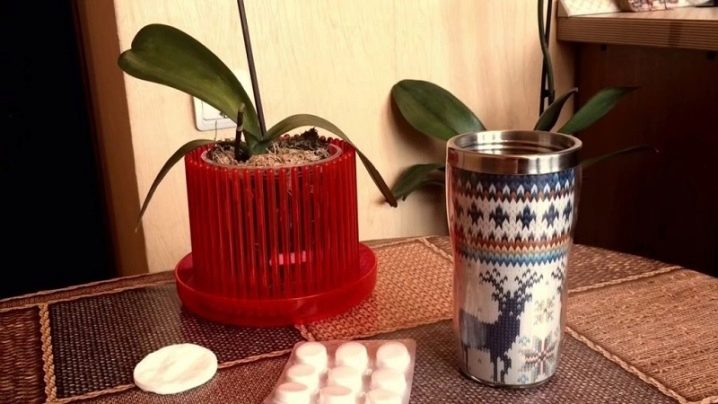
For watering
Watering orchids growing in a pot is carried out from a small watering can without using a spray. The solution should flow in a thin stream, gradually filling the entire surface of the soil. As soon as excess water begins to leave the lower holes, watering is stopped and the excess is allowed to drain into the pan.If the flower grows in a container that does not have drainage holes, for example, in a glass flask, then you should wait 15-20 minutes, after which, holding the plant and the substrate in which it grows, carefully drain the excess liquid into the sink.
When kept indoors, you can water the orchid at any time of the day. If a flower adorns a balcony or loggia, then watering should be done only in the morning. This requirement is due to the fact that the plant must dry completely before evening and night temperatures drop.
The solution for irrigation should be weakly concentrated: one tablet per liter of liquid will be enough.
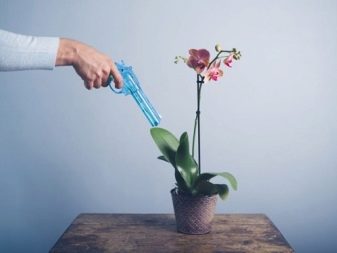
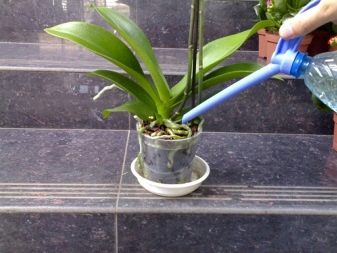
For wiping the leaves
This method is quite time consuming and requires a lot of time, so its use is advisable only for the treatment of injured, suddenly yellowed or wrinkled orchid leaves. In order to carry out the treatment, it is necessary to moisten a soft cloth or cotton pad in a solution of succinic acid and gently wipe the leaf plate. In this case, care must be taken that the acid does not get into the base of the sheet and does not burn it. The solution for wiping is made more saturated, while dissolving 1 tablet of the drug in a glass of warm water. A couple of days after application, the drug is removed with napkins dipped in cool water.
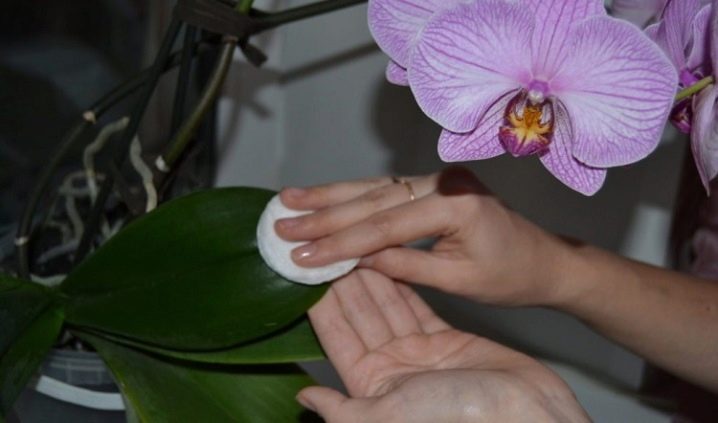
Spraying
Such treatment, unlike wiping the leaves, is not an emergency measure for a dying plant and can be performed regularly. To do this, dilute 1 tablet of acid in 500 ml of warm water and spray the aerial part of the plant. This event promotes the active growth of new shoots and is held until the orchid blooms. As soon as the first buds appear, spraying is stopped and resumed only after the plant has faded and rested after flowering.
In order to prevent spraying, it is carried out once a week, for medicinal purposes and to obtain a large number of buds - once every 2-3 days.
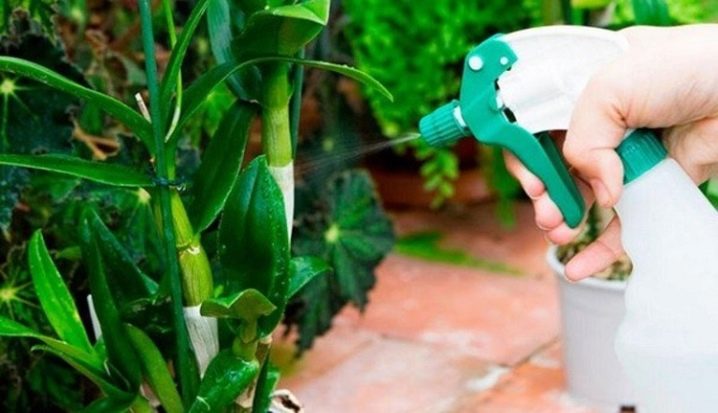
For the development of the root system
Treatment of root appendages with a solution of succinic acid is carried out when plants are transplanted to a new place. This is necessary for the early adaptation of the flower to new conditions and to prevent root rotting due to stress. To do this, dilute 1 tablet of succinic acid in 0.5 l of water and immerse the roots of the plant there. After half an hour, the flower is taken out of the container and thoroughly dried in air for 2 hours. Then the orchid is planted in fresh substrate and slightly moistened.
Thanks to this treatment, the growth of root shoots is noticeably activated, which contributes to the emergence of new strong shoots. Moreover, orchids with a treated root system begin to bloom profusely and for a long time and are distinguished by especially large flowers.
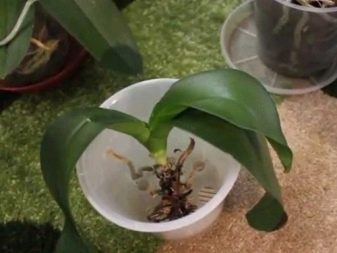
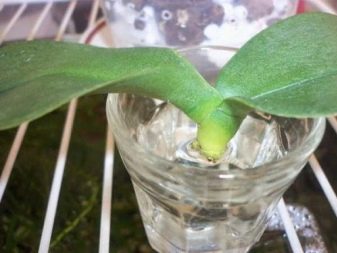
This method can also be used for medicinal purposes. To do this, carefully examine the roots, remove rotten and damaged processes and immerse the plant in an amber solution for 2-3 hours. The residence time of the roots in the liquid depends on the condition of the flower and in emergency cases can be up to 4 hours.
In the process of soaking, the plant should be removed from the container every 30 minutes, allowing the roots to "breathe".

Some experts recommend combining succinic acid with garlic. To prepare garlic water, a clove of garlic is crushed to a state of gruel, poured with a liter of warm water and infused for 45 minutes. Then a tablet of succinic acid is dissolved in the resulting garlic water and the orchid is watered. However, there is also the opposite opinion, according to which it is better to alternate the use of garlic and acid, in no case mixing them in one solution. But in fairness, it is worth noting that both joint and separate use of these two components gives excellent results, so the choice of any one option depends on the personal preferences of the grower.

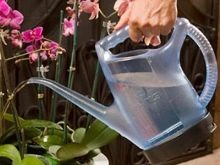

Whatever the reasons for treating indoor orchids, whether it is the need to save a wilting plant or spraying for preventive purposes, it is important to follow the instructions for the safe use of the product. So, when working with a solution, do not allow drops of the drug to get on the mucous membranes or skin. Such contact, of course, will not bring serious consequences, but it may well cause itching and irritation.
Therefore, when working with the solution, it is recommended to use gloves, and if it accidentally gets into your eyes, you must immediately rinse them with running water and continue to be more careful.
In case of allergic reactions associated with the respiratory system, you should immediately contact a medical institution.

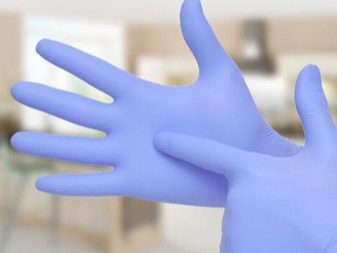
Useful Tips
In order for the treatment of orchids with a solution of succinic acid to give the maximum effect and not harm the plant, there are a number of simple rules to follow.
- It is prohibited to use the solution for watering diseased plants. This is due to the acceleration of metabolism under the influence of the drug, which leads to the rapid multiplication of pathogenic microorganisms and the progression of the disease.
- Exceeding the recommended dosage of the drug is strictly prohibited. This can cause the plant to overfeed, which can stop flowering and reproduction.
- During the flowering of the orchid, it cannot be treated with succinic acid. Excessive oversaturation with the drug will cause a rapid drop in color, and the leaves will become lethargic and ugly. In addition, if you simultaneously fertilize a plant with phosphate or nitrogen-containing preparations and succinic acid, it will quickly lose its attractiveness and begin to wither.
- It is recommended to store the freshly prepared solution in a cool place, using glassware of a dark color. The use of aluminum containers is prohibited. The mixture can be stored for no more than 3 days, after which it loses its useful properties and must be poured out. A signal that the solution is unusable is the appearance of white flakes, which form a non-uniform precipitate.
- When growing orchids with seeds, it is recommended to soak them in an amber solution for 12 hours before sowing. Then the seeds must be thoroughly dried and sown according to the rules for sowing orchids.
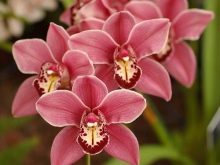


Sometimes there are situations when the plant loses most of its root system. This happens for many reasons, the most common of which are freezing or rotting of root processes or severe injury during transplantation. The amber solution is able to grow roots in a short time, thereby preventing the inevitable death of the plant. For emergency assistance, a solution of 4 tablets of acid and a liter of warm water is prepared.
Treatment is carried out by spraying shoots, leaves and flower neck, performing the procedure every morning. The result will not be long in coming - after a few days, the active formation of a new root mass will begin, clearly visible to the naked eye. You should not worry about a possible overdose: the plant will absorb as much of the drug as it needs to regenerate the root system. The only requirement in this case is the use of a fresh solution, which is recommended to be prepared every day.


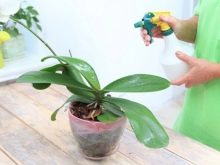
However, spraying can be replaced by dipping the orchid in the solution.... To do this, a freshly prepared composition is poured into a transparent bowl and a flower is placed in it so that only the outlet is hidden in the liquid, while the neck remains above the water. In this position, the orchid is fixed and the entire "structure" is placed in a well-lit place. In the process of growing roots in the room, a constant temperature of 25 degrees and high humidity should be maintained.
During the treatment, the solution will gradually evaporate, so every few days you will need to add a new mixture.As mentioned above, the shelf life of the mixture is 2-3 days, so the more often a new solution is poured, the better. After 2-2.5 months, the orchid will put down new roots, and after they grow up to 5 cm, the plant can be transplanted into a sterile substrate. 2-3 weeks after planting, the flower is transferred to the general care regimen.
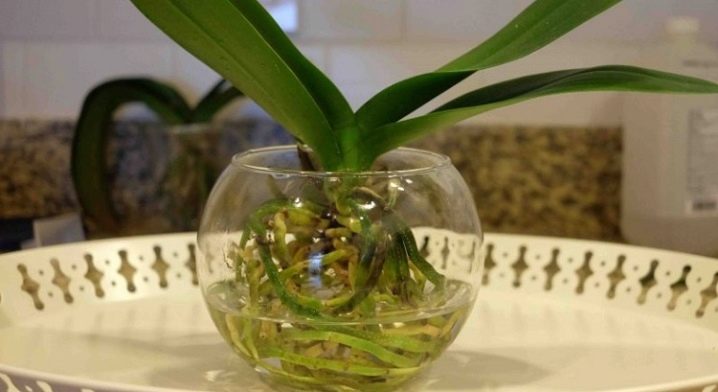
You can also grow roots dry. To do this, 2-3 tablets of acid are abraded to a powder state and applied to the stalk of the orchid. Then the plant is placed in a transparent pot equipped with a ventilation hole and filled with a special substrate. Watering the shoot should be alternated with irrigating the leaves, continuing the process until the roots appear.
Using an amber solution for treating orchids, it should be understood that this agent is only capable of providing an auxiliary effect and cannot replace the application of fertilizers and dressings. The drug is only able to significantly improve the general condition of the plant and accelerate its recovery after illness and stress.
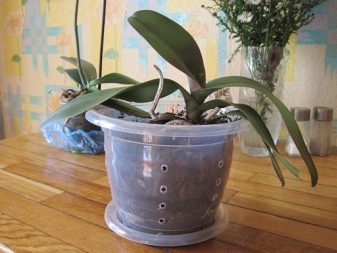

You can find out how to use succinic acid for orchids below.































The comment was sent successfully.